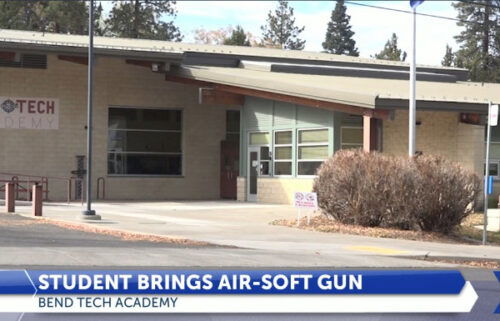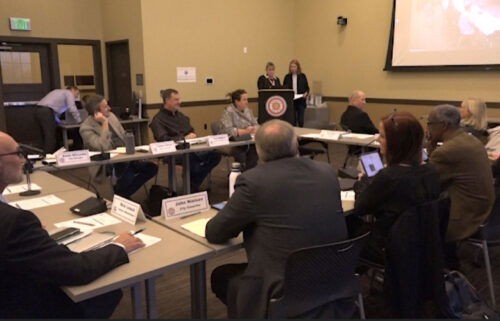Oregon reports no new COVID-19 deaths for 2nd straight day; 295 more cases

PORTLAND, Ore. (KTVZ) — The state’s death toll from COVID-19 is unchanged from Thursday and remains at 521, the Oregon Health Authority reported Friday. It's the first time since May there have been no new deaths reported for two consecutive days.
OHA also reported 295 new confirmed and presumptive cases of COVID-19 as of 12:01 a.m. Friday, bringing the state total to 30,342 cases, along with 599,080 negative test results.
The new cases reported Friday are in the following counties: Baker (1), Benton (4), Clackamas (28), Clatsop (3), Coos (2), Deschutes (7), Douglas (5), Hood River (1), Jackson (14), Jefferson (2), Klamath (2), Lake (1), Lane (20), Linn (5), Malheur (20), Marion (51), Morrow (7), Multnomah (56), Polk (4), Tillamook (2), Umatilla (16), Wasco (3), Washington (36) and Yamhill (5).
Crook County has had 60 COVID-19 cases, one death and 2,451 negative test results. Deschutes County has had 746 cases, 12 deaths and 27,724 negative test results. Jefferson County has had 505 cases, eight deaths and 4,460 negative test results.
St. Charles Health System reported seven COVID-19 patients as of 8:30 a.m. Friday, one of whom was in the ICU and on a ventilator.
New COVID-19 modeling released
OHA released its latest COVID-19 modeling report Friday, showing that the current rate of transmission is continuing a downward trend that began in mid-July, meaning that each case is generating less than one other case.
The model looked at the following scenarios:
If transmission continues at its present rate, then by Oct. 8. daily infections would decrease from 360 to 190. New daily cases would decrease to 80. Severe cases – those requiring hospitalization – would decrease to 6 and the reproduction rate would remain at .87.
If there is a 5-percentage-point decline in transmission, over the next month there would be 130 daily infections. New daily cases would decline to 50. Severe cases would drop to four, and the reproduction rate would be .74.
If there is a 5-percentage-point increase in transmission rates over the next month, the model projects 400 new daily infections with new daily cases rising by 80. Under this scenario, severe cases would double from six to 12.
More importantly, this scenario results in a reproduction rate of 1.0, meaning that the spread of COVID would be increasing, reversing the progress made in recent weeks.
As has been shown since the beginning of the pandemic in Oregon, these trends remain very sensitive to small changes in transmission levels.
Wildfires, which started on Labor Day, are widespread throughout Oregon and have led to evacuations of an estimated 40,000 people and extremely hazardous air quality.
The wildfires and subsequent poor air quality have decreased availability of community COVID-19 testing, but it is unclear what effects the evacuations and the poor air quality might have on COVID-19 transmission and symptoms.
Model results should be interpreted with caution, given these recent reductions in testing and uncertainty behind various COVID-19 model assumptions, OHA said.
Stay informed about COVID-19:
Oregon response: The Oregon Health Authority and Oregon Office of Emergency Management lead the state response leads the state response.
United States response: The Centers for Disease Control and Prevention leads the U.S. response.
Global response: The World Health Organization guides the global response.



